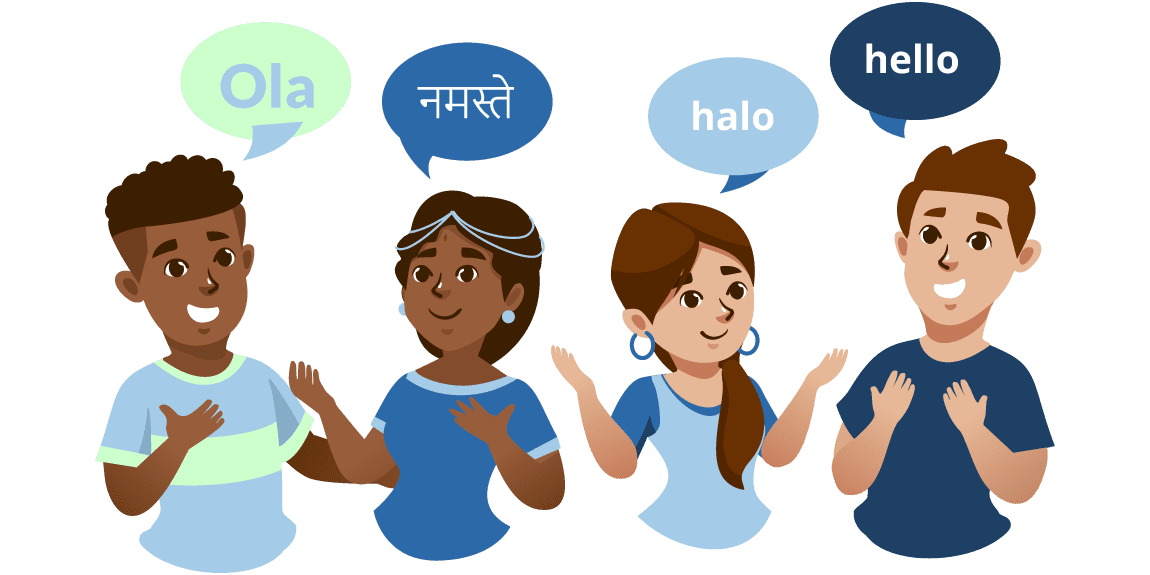7) Attend events where you will speak your target language
If you’re serious about learning a language, then you should take advantage of opportunities where your only option is to speak in your target language. For example, if you want to learn French, sign up for an immersion program in Paris or another city with a large French-speaking population. You’ll be forced to speak French as soon as you arrive and likely pick up more expressions than most students in three months of study. If there are no programs available near you, find a way to make your immersion program possible by creating it yourself—for example, by participating in an exchange program and living with a host family.
8) Choose Your Learning method
There are many different ways to learn multiple languages. Some people learn best by immersion, others by taking classes, and still others by using self-study materials. The best way to learn multiple languages is to use a combination of all three methods. Immersion is a great way to learn various languages. When you are immersed in a language, you are constantly hearing and using it, which helps you to pick it up quickly. However, immersion can be challenging if you don’t live where the language is spoken.
Taking classes is another great way to learn multiple languages. Classes provide a structured environment where you can learn the basics of a complicated language and then build on that foundation. Classes can be expensive, however, and you may not have the time to commit to regular classes. Self-study materials are a great way to learn multiple languages. There are many different types of self-study materials available, such as books, audio courses, and online resources. Self-study materials or language resources are often less expensive than classes, and you can study at your own pace.
With the ever-growing global economy, the need to learn multiple languages is becoming more critical. While there are many ways to learn a new language, one of the most convenient and effective ways is to use a language learning app. Language learning apps offer a variety of benefits that make them an ideal way to learn multiple languages.
One of the most significant benefits of using a language learning app is that they are incredibly convenient. You can use them anywhere, anytime, and you don’t need any special equipment. You all need a smartphone or tablet, and you’re good to go. This makes them ideal for busy people who don’t have much time to dedicate to language learning.
Another great benefit of language learning apps is that they are usually very affordable. Many of them offer monthly or yearly subscription plans that are very reasonable. This makes them an excellent option for people who want to learn multiple languages but don’t want to spend much money.
It’s easier to learn a second language when you are young, and your entire brain is more flexible. It would help if you started with an easy language like Spanish, Italian, or French and then chald yourself with more complex languages like German, Portuguese or Russian. These latter ones will be harder, but it is still possible if you start early enough. And besides, you can always keep returning to your first language once you become proficient in two others.







